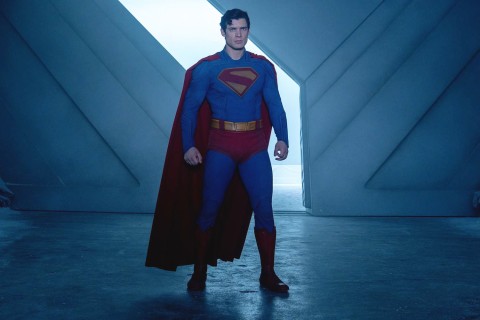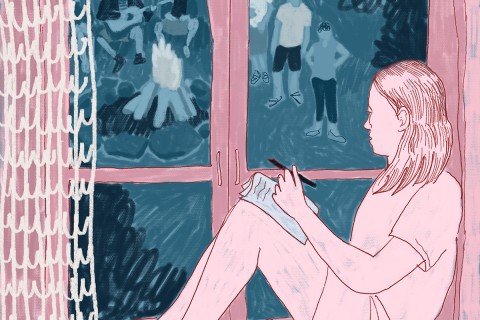Robert Bresson, by Joseph Cunneen
While reading Joseph Cunneen's book I heeded his counsel and looked again at some of Robert Bresson's 14 feature films made in France between 1943 and 1983. It was a rewarding and yet disturbing exercise, for, as Cunneen is quick to note, Bresson's work lends itself neither to easy plot description nor easy comparison to other filmmakers. Bresson is unique. He is, however, a measure of what film can be at its finest. Bresson is an artist with a precise style and a consistent vision which, as Cunneen writes, "celebrates the heroism of the unending, never completely successful struggle for freedom."
Bresson's sparse output and stringent style--an average of one film every three years portraying characters who find grace the hard way--created an artistic legacy but also left him largely unknown to the average filmgoer. Cunneen writes that to critics and his fellow directors, Bresson is "one of the greatest filmmakers of the 20th century." Jean-Luc Godard, not normally given to extravagant language, wrote of him, "Bresson is to French film what Dostoevsky is to the Russian novel, what Mozart is to German music."
Martin Scorsese praised Bresson in uniquely American terms: "Elvis Costello said that whenever he's writing a song he asks himself, is it as tough as Hank Williams? Meaning--is it as ruthlessly pared down, as direct, as unflinching in its gaze at aspects of life I might feel more comfortable ignoring? Young filmmakers might well ask themselves, 'Is it as tough as Bresson?'"




